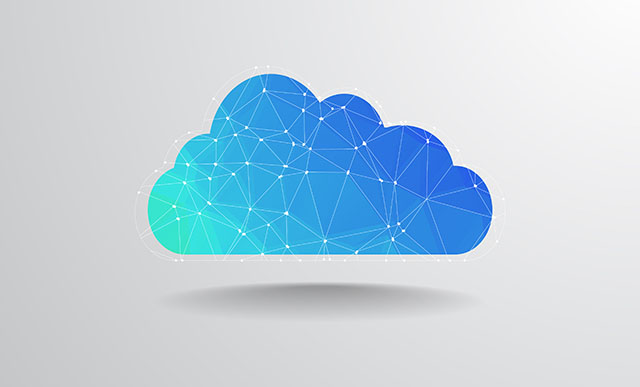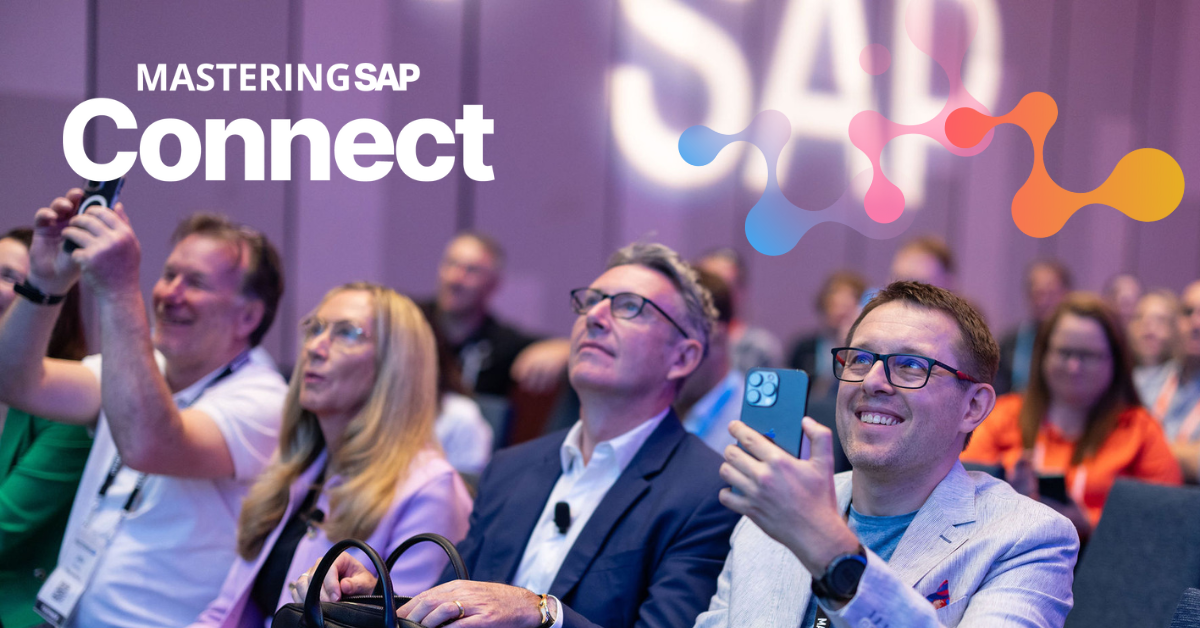And Boomi! You’re integrated: Composing an SAP partnership
Meet the Authors
Key Takeaways
⇨ Businesses need a more effective way to integrate and compose their systems to best suit their operations.
⇨ Boomi’s chief product and technology officer, Ed Macosky shares insights on Boomi’s integration-platform-as-a-service offering, saying customers don't need to be long-hauling down a locked-in cloud or on-premises shoot.
⇨ SAP users can utilize a low-code interface to compose software tools together, reusing components, both Boomi-centric and to external ecosystems.
Ed Macosky, chief product and technology officer at Boomi, talks SAP partnerships, the iPaaS offering, and why composability is here to stay.
SAP users are making friends elsewhere.
With SAP users very, very rarely able to stick to that one specific software ecosystem entirely, they bring in hyperscalers like AWS or Google Cloud, Azure or other technologies to augment their ERP and their spread of departments bring in other SaaS applications too.
But, the main challenge is that businesses need a more effective way to integrate their varied sets of systems and to compose them in a way that best suits their operations. That’s whether they’re looking to consolidate systems or else turn to a best-of-breed approach with their stacks.
It’s one of the biggest growing trends in the enterprise technology realm and, as Boomi’s chief product and technology officer, Ed Macosky sees it, Boomi’s integration-platform-as-a-service (iPaaS) answers the dilemma without long-hauling customers down a locked-in cloud or on-premises shoot. Plus, it doesn’t leave them tied to legacy systems and the capabilities of one provider alone or facing the disruption of some five-year migration to make the changes.
“Certainly, we recognize and respect that with ERP vendors, specifically SAP, most of their customers have an allegiance to them; people say ‘hey, we’re SAP first’,” Macosky explains. “But, even if you ran every single product that SAP has and went all in 100 percent on SAP, you’re still going to have dozens or hundreds of other applications that you need to integrate to share data and create seamless processes.”
“We’ve seen that trend over the last number of years,” Macosky notes. “They might want to say ‘wait, I’ve got five different integration stacks out there. We want to consolidate those altogether’ or ‘I want to take my CRM and HCM and I’ve got some other offering that’s on SAP that I want to pull together’.”
Now, hundreds of SAP customers leverage the Boomi platform for that very purpose, as Macosky describes: “Organically, SAP customers started coming to us […] because they were making a shift, choosing us as the strategic third-party integration layer to integrate SAP, Salesforce and other SaaS ecosystems.”
A unique connection to SAP
Focusing in on the SAP ecosystem specifically, a lightbulb moment came for Boomi when one user told Macosky that they thought Boomi’s technology complemented SAP technology well. The user’s workflow incorporated a layer where they used the SAP toolset to integrate internal technologies, and exposed interfaces from there through Boomi to integrate third-party applications of their choice
This epiphany meant Boomi didn’t need to compete with SAP. Instead, they could complement one another.
“We’ve embraced that approach,” explains Macosky. “I’ve worked with my team to see that in all the ways we connect with SAP. We have this unique native integration with the SAP application server, a Boomi for SAP component within our platform that’s SAP-certified and connects SAP with other systems out there.”
Partnering with an SAP-specific delivery partner, Boomi co-developed and now owns the technology, created to help SAP-specific customers with migrations to SAP offerings. For instance, one of the key uses of Boomi for SAP customers currently is to enable easier migration to S/4HANA, ‘derisking’ the shift.
Software stacks on user terms
No matter the connectivity goal, Boomi is keen to hit home that the choice of composability needs to rest with users, as Macosky says: “SAP can’t operate as an island.”
To date, the iPaaS provider has built integrations for over 300,000 objects that its customers utilize, whether for SAP, Salesforce, or other vendor platforms, or even for more specific tools such as cameras, heart defibrillator devices, cochlear hearing devices and so on. Within Boomi’s applications, customers can use the low-code interface to compose these tools together, reusing components, both Boomi-centric and to external ecosystems.
When it comes to transitioning to the cloud, Macosky is also keen to keep shifts on user terms:
“We don’t promote or force customers into a decision to say they need to completely transition to the cloud now, but we also aren’t a boat anchor to keep them on-premises or on legacy either. The biggest win for them is that they can transition on their terms, but do it very quickly if they need to.”
From application composability and bettering user experiences, all the way down to integrating and developing within an enterprise environment, the message remains the same: SAP users need flexibility to solve their very complex use cases. That’s where Boomi sits, helping customers avoid getting their ecosystem wires crossed.






